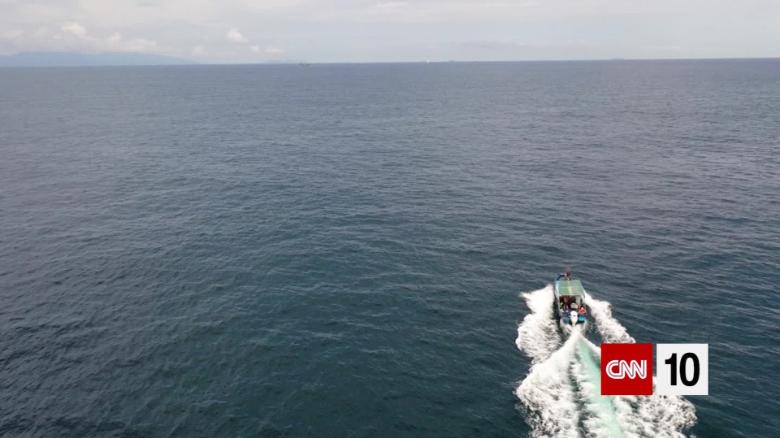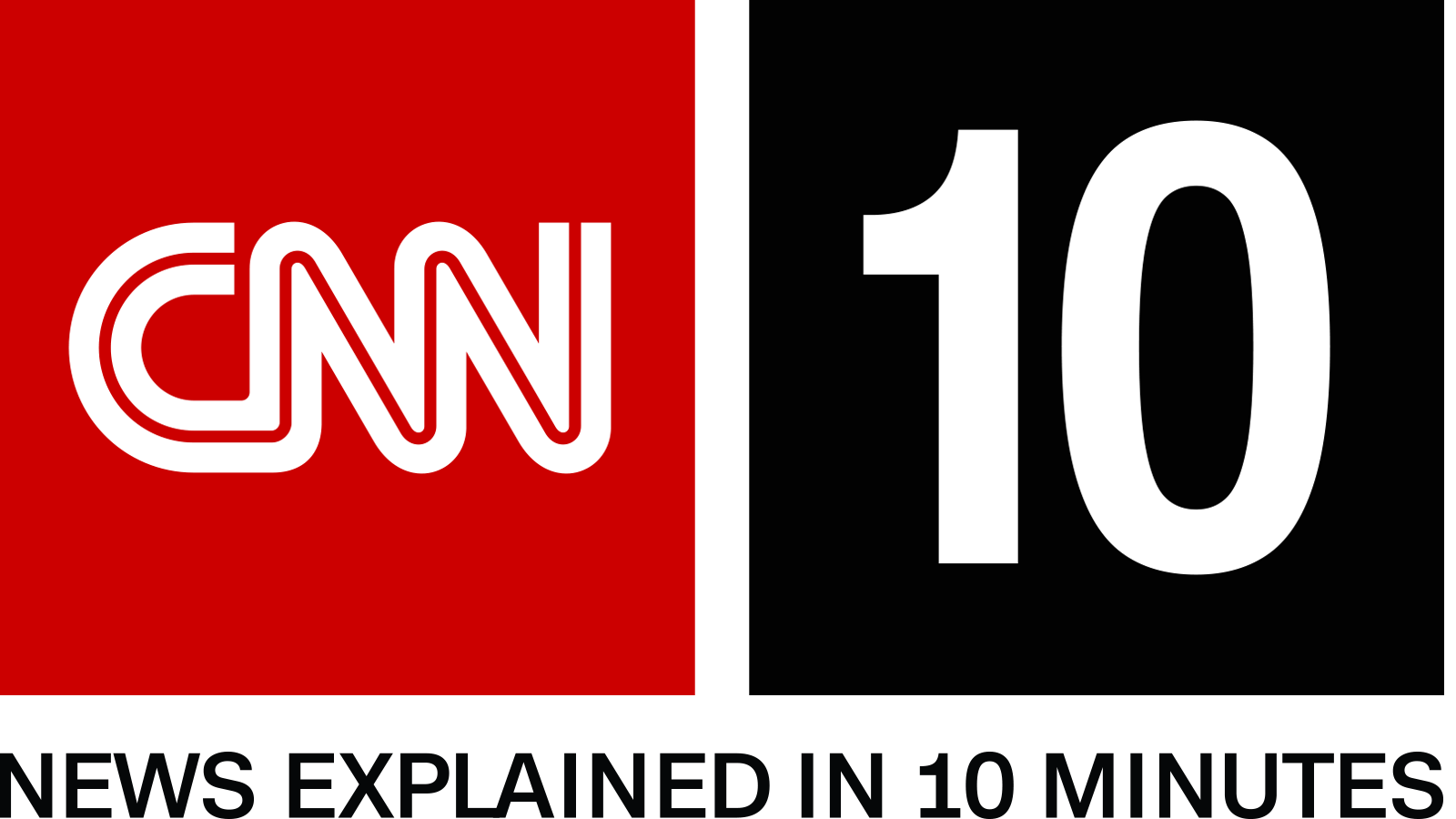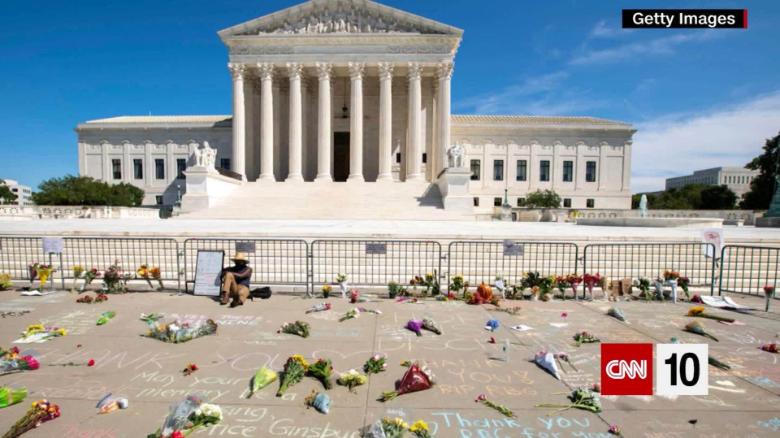Go to cnn.com/cnn10 for latest video
Monday, September 14, 2020

In the western US, wildfires are burning in 12 different states. More than 4.5 a million acres have burned, and over 30,000 firefighters have been enlisted to help fight the blaze. Where I live, in California, more than 24 fires are burning, and over 12 have been reported in multiple states. As the smoke rose up, a strange phenomenon occurred. In California, Oregon, and Washington,
skies turned orange, making it look like some sort of apocalyptic scene. This is because all the smoke and ash rose up above something called a marine layer, effectively blocking the sun and changing colors. Honeybees are credited with 1/3 of the US food chain. However, while bee colonies have grown around the world, those in the US have dropped to just half of their original number, mainly due to the use of pesticides. New technology might be able to save them. A small device from Apis Protect can be placed on the roof of the hive to measure interior conditions. The Internet-connected device would contact the beekeeper if anything goes wrong. A new dog-like robot is being used by the military. The autonomous unmanned ground vehicles go into an area and scout it out before the soldiers go in, alerting them of possible dangers.
Tuesday, September 15, 2020

Another hurricane is approaching the US Gulf Coast. Hurricane Sally is expected to hit Mississippi and parts of Louisianna; Lousianna was already hit by a category 4 four hurricane earlier this season. Luckily, Sally is expected to be much weaker. It had strengthened to category 1 status when the show was produced and is expected to become a category 2 storm. However, it is also a very slow-moving storm. This means many areas will experience storm conditions for prolonged periods of time. Mandatory evacuations have been ordered for some areas, and the governor has declared a state of emergency. Storm chasers are people who go into storms like these. They also have complex instruments that they drop from planes to gather data and help better understand hurricanes and protect people from them. On Sunday, the largest number of single-day coronavirus cases was recorded at over 308,000 positive infections. Across Europe, new COVID-19 rules are taking place. In areas like Britain, France, and Israel, new lockdowns and restrictions are being enforced after recent surges in cases. In Italy, though, schools are reopening with safety protocols in place. Last month, TikTok was given until September 20 by the US government to sell its US operations to a United States company or be banned in the US. This is because the Chinese app collects lots of user data that could be used by the Chinese government. TikTok said that this was false, it doesn't have to disclose data, and that it would sue the US. However, the company is now considering partnering with Oracle. This kind of deal, of course, would be incredibly complicated, but the app might be allowed to continue in the US.
Wednesday, September 16, 2020

The US has advised against travel to China and Hong Kong because of tensions between the two. Hong Kong is a special administrative region of China, and it wants more freedom from the mainland while China maintains that it has ultimate control over the area. China has also had a bitter feud with Taiwan. Taiwan was created as a democratic country after the communist party won a civil war and forced the former democratic rulers to flee. Its official name is the Republic of China (China is the People's Republic of China) and both countries claim sovereignty over the mainland. In the 1990s, tensions eased when diplomats reopened communications and travel strictly for the purpose of economic and cultural exchange. Since then, the relationship has fluctuated depending on the ruling party in Taiwan, one of which is more favorable toward China. Hurricane Sally did not make landfall as expected yesterday. As it approached the Gulf Coast, it slowed down significantly. Fortunately, it didn't get any stronger, but its slower speed could bring prolonged storm surges and rainfall, worsening its impacts. On Venus, the gas phosphine, which is produced on Earth by bacteria that don't use oxygen. However, this doesn't mean that life exists on Venus because its super-hot and acidic conditions would kill the life forms. However, the way the gas arrived on the planet is an intriguing mystery for scientists.
Thursday, September 17, 2020
Hurricane Sally went through a series of changes before finally making landfall in Alabama as a category 2 hurricane in the same spot as Hurricane Ivan 16 years ago. Although it was a weaker storm, it moved much slower, at 2 mph, dumping rain and storm surges on Alabama and Florida for a longer period of time. On the other side of the country, people are praying for the rain. In the Western US, wildfires are still burning. They have destroyed thousands of homes and burned over 4.7 million acres with much of the wildfire season left to go. As we reported on Monday, skies across the region turned orange as smoke and ash blocked the blue and green light waves from the ground, creating a Martain looking orange daylight. In India, a man is trying to do his part in saving Earth's biodiversity with plants. Because of the industrialization of agriculture, seed diversity has dropped. By planting our own, we can each do a small part to save what is left.
Friday, September 18, 2020

The US has often been at the head of diplomacy in the Middle East, from President Jimmy Carter's deal with Egypt and Israel and the accord between Israel and Jordan orchestrated by President Clinton. Now, President Trump has achieved a major peace treaty. His administration had failed at achieving the slippery goal of Palestinian and Israeli peace after the president showed pro-Israeli leanings, but the UAE, Bahrain, and Israel signed the Abraham Accord at the White House recently, which the Trump Administration calls the beginning of a new Middle East. The US presidential debates are coming up soon. There will be two between incumbent President Trump and Democratic nominee Biden, and one between Vice President Pence and California Senator Kamala Harris. They will give the public a chance to see their candidates in action and how they will perform. The giant Magellan telescope will be the largest of its kind and is currently being created at the University of Arizona, which is the only place with the technology. Each mirror takes years to create, and the final telescope will be assembled in the Chilean Andes.






















/https://public-media.si-cdn.com/filer/c8/87/c88760ba-fd3a-4d11-9ffa-07163cf63223/03a_sep2020_dsc0507_live.jpg)
